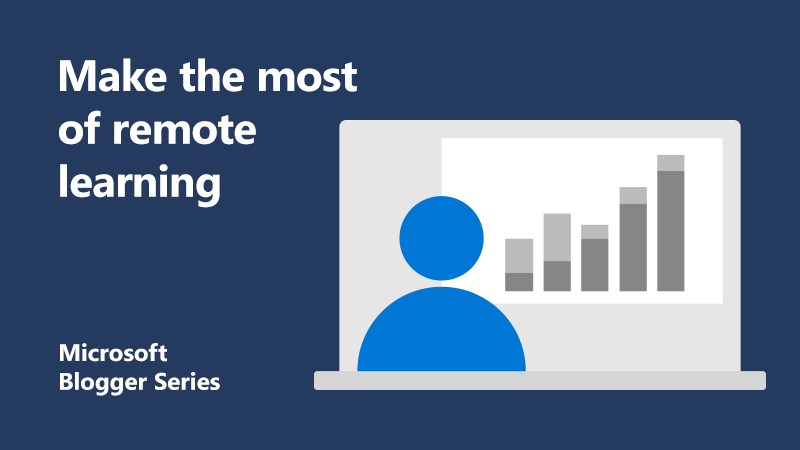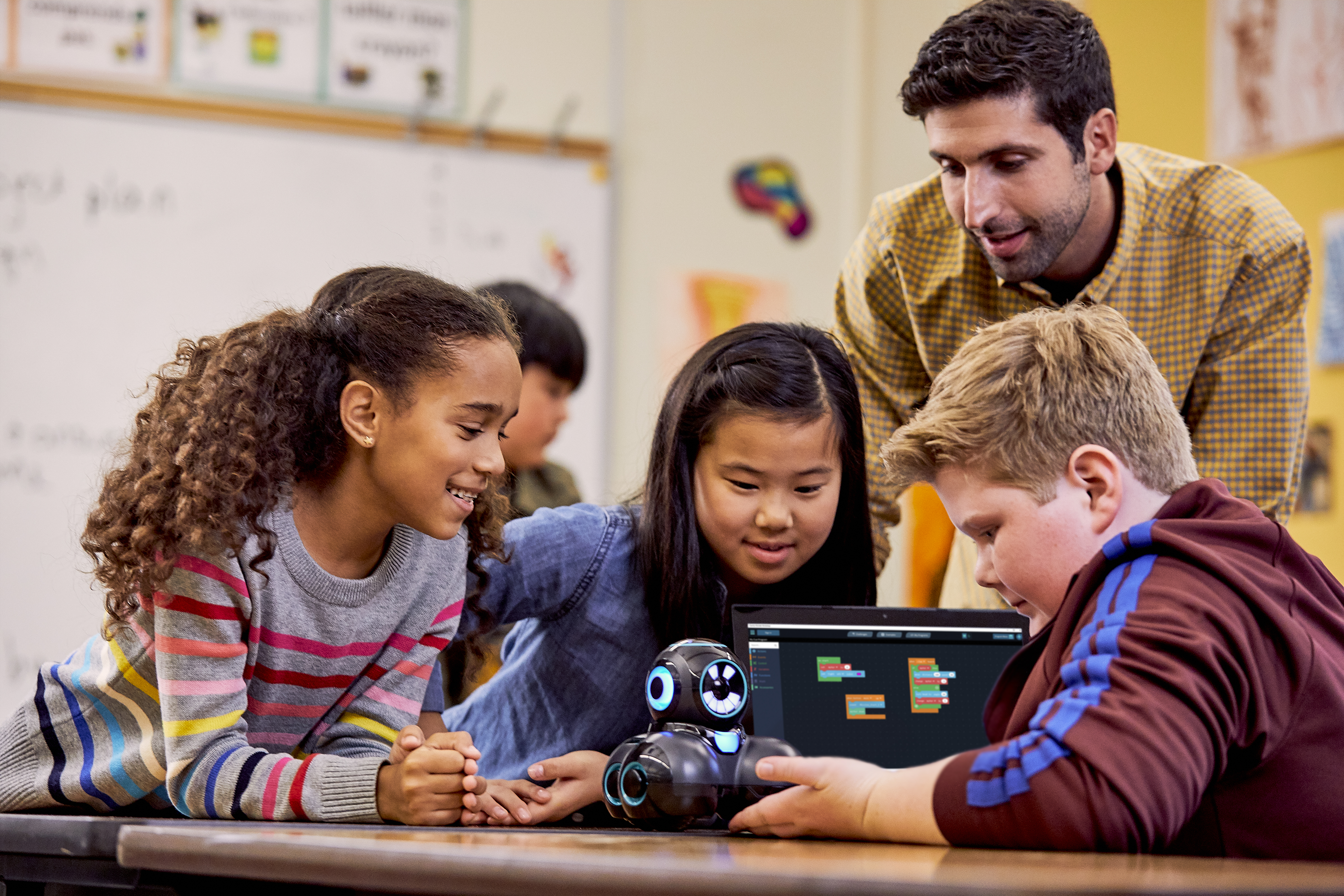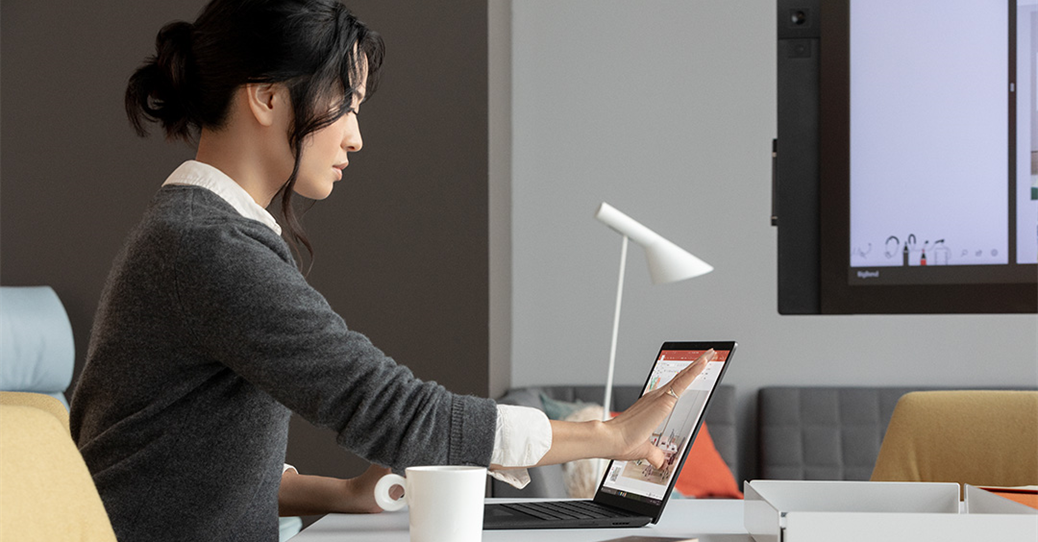
4 tips to make the most of remote learning and deliver an uninterrupted student experience
One of the greatest joys of teaching is walking into a classroom in the morning and being greeted by a room full of smiling students who are eager to learn and excited for the day ahead… Or perhaps it’s more accurate to describe a room full of students slumped behind a hoodie, whispering to a friend, or staring straight ahead with the dead look of a shark wishing they could be anywhere else. Appearances aside, the students are the reason why we teach. They are the thing that gets us up and out of the bed in the morning.

So what does teaching look like when our students aren’t sat directly in front of us? What does it really mean to teach remotely? How do you inspire, manage, care for, and engage your students whilst you’re sat in your own home and they are in theirs? It can be difficult and daunting to find new ways of working in these times of change, especially when you are pushed out of your comfort zone and regular routine.
To help you deliver an uninterrupted experience for your students through virtual and remote learning, four of our top Microsoft Innovative Fellows have begun to explore these questions within their own schools and have kindly shared their insights with us.

1. Take the first step
Jimmy Edwards from St. Hele’s School in Plymouth recounts his first attempt at remote learning with Teams, what he learned and his tips to get started when you and your students are brand-new to Teams and remote learning.
Read more: 3 tips to get started with Microsoft Teams for remote learning
2. Prepare your workspace
Paul Watkins from Ygsol Bae Baglan in Port Talbot gives us his top tips for preparing your work station at home to be ‘teacher-ready’ even if you are wearing your fuzzy slippers. He shares his tips on how to take the fear out of being on camera with you students and how you can embrace Teams to help you reach your students remotely.
Read more: How to set up a remote learning workspace in 4 easy steps
3. Encourage student collaboration
Elaine Topham from Grimsby Institute outlines a variety of tools you may want to consider to foster communication and collaboration while in a remote learning situation. She has compiled a view of Office 365 tools that can help you with instruction and assessment.
Read more: Tools to support teachers with remote learning
4. Equip your students for the future digital workplace
Sarah Clark from Queen Anne’s High School in Fife shares with us a differentiated approach to remote learning. Making reaching your students accessible even if you are a novice at Teams or a seasoned technologist. Modelling a growth mindset with your students, sets them up for success in their future careers- particularly if they are using the same remote working technologies they will be using after they leave school
Read more: How to use Microsoft Teams for remote learning: tips for all abilities
While you may not need to utilise remote learning at this time, it is an excellent option when you consider your contingency planning for emergencies and disaster recovery. Floods, snow, fire, or other incidents that can prevent students from attending school require a thoughtful approach to remote learning.
Find out more
Explore resources to support remote learning
Discover how Imperial College London used Teams to connect and engage remotely
About the author
 Jennifer King is an award-winning, international thought leader in Education with 20 years of experience in the education sector from classroom to corporations. She is passionate about the success of students and their teachers and how the power of technology can transform the way they work and learn. Jennifer was previously the Head of Film and Media at Strode’s College in Surrey before starting her own education consultancy. JKES was a Microsoft Education Partner with a focus on digital transformation, project based learning, and teacher professional development. Jennifer is also the creator of the Student Teacher Education Program. She has recently returned from Microsoft Corp in Seattle, where she was the Director of Education in 21st Century Jobs, Skills, and Employability.
Jennifer King is an award-winning, international thought leader in Education with 20 years of experience in the education sector from classroom to corporations. She is passionate about the success of students and their teachers and how the power of technology can transform the way they work and learn. Jennifer was previously the Head of Film and Media at Strode’s College in Surrey before starting her own education consultancy. JKES was a Microsoft Education Partner with a focus on digital transformation, project based learning, and teacher professional development. Jennifer is also the creator of the Student Teacher Education Program. She has recently returned from Microsoft Corp in Seattle, where she was the Director of Education in 21st Century Jobs, Skills, and Employability.

